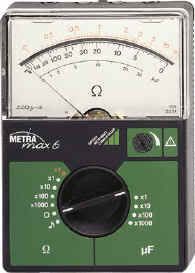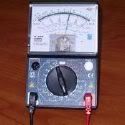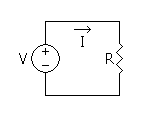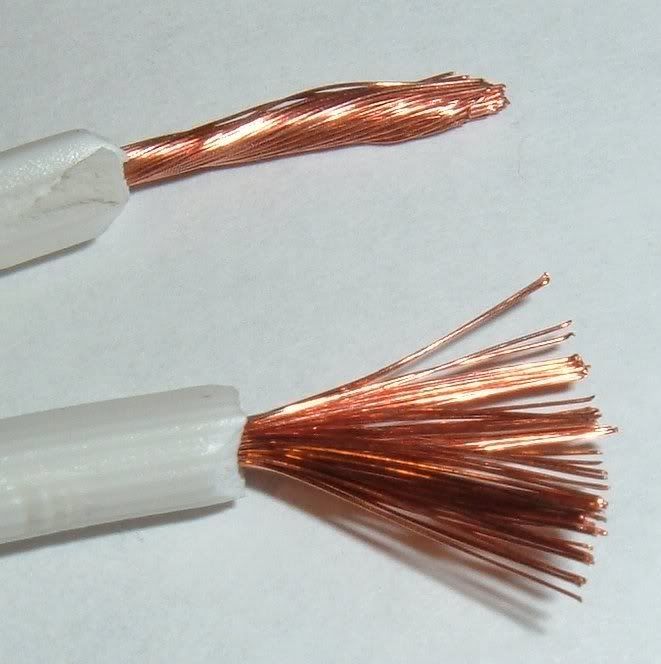
- An ohmmeter is an electrical instrument that measures electrical resistance, the opposition to the flow of an electric current. Microohmmeters make low resistance measurements. Megaohmmeters measure large values of resistance.
The original design of an ohmmeter provided a small battery to apply a voltage to a resistance. It used a galvanometer to measure the electric current through the resistance. The scale of the galvanometer was marked in ohms, because the fixed voltage from the battery assured that as resistance decreased, the current through the meter would increase.
Ammeter:
- An ammeter is a measuring instrument used to measure the flow of electric current in a circuit. Electric currents are measured in amperes, hence the name. The word "ammeter" is commonly misspelled or mispronounced as "ampmeter" by some.
The earliest design is the D'Arsonval galvanometer or moving coil ammeter. It uses magnetic deflection, where current passing through a coil causes the coil to move in a magnetic field. The voltage drop across the coil is kept to a minimum to minimize resistance across the ammeter in any circuit into which it is inserted.
Multitester:






